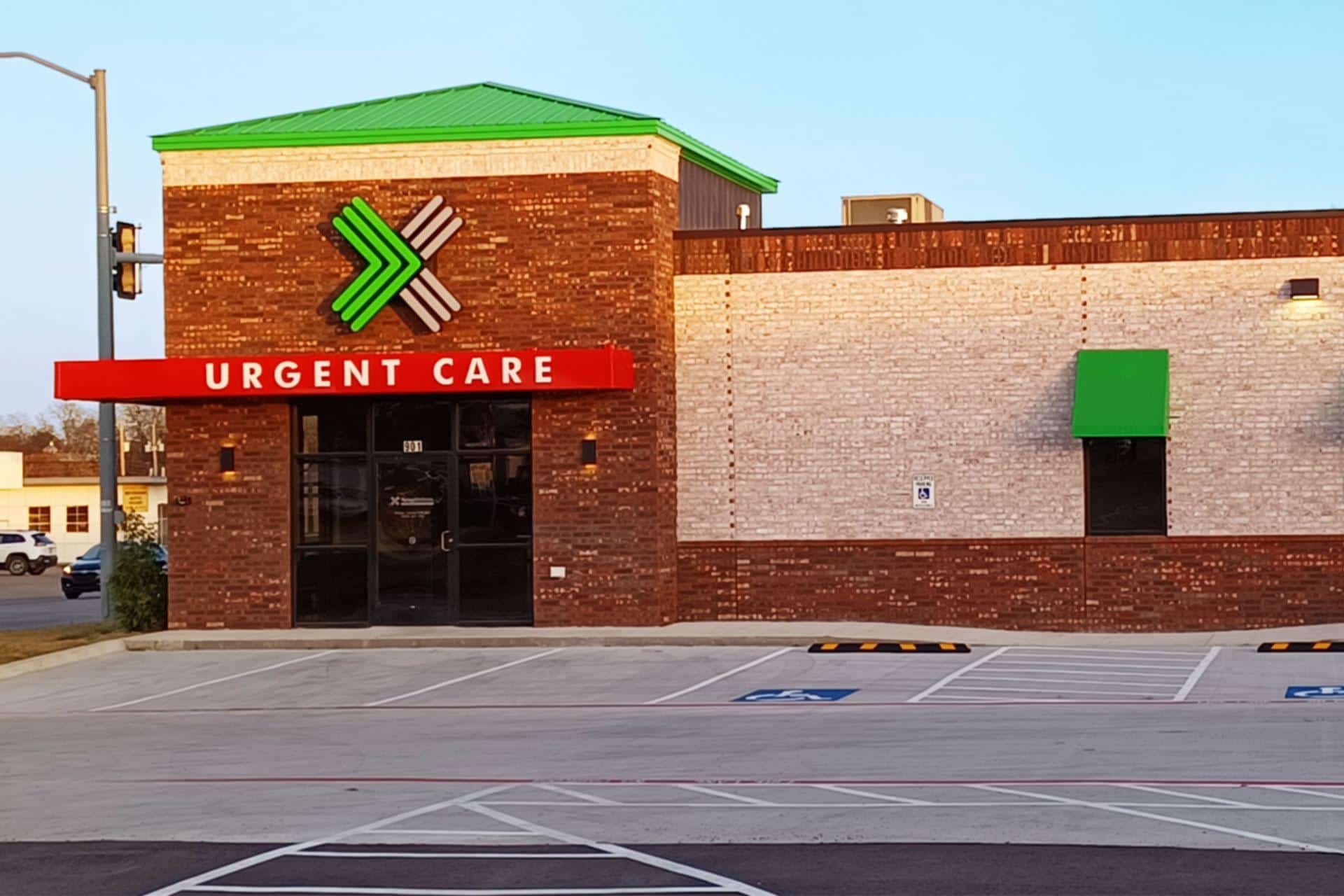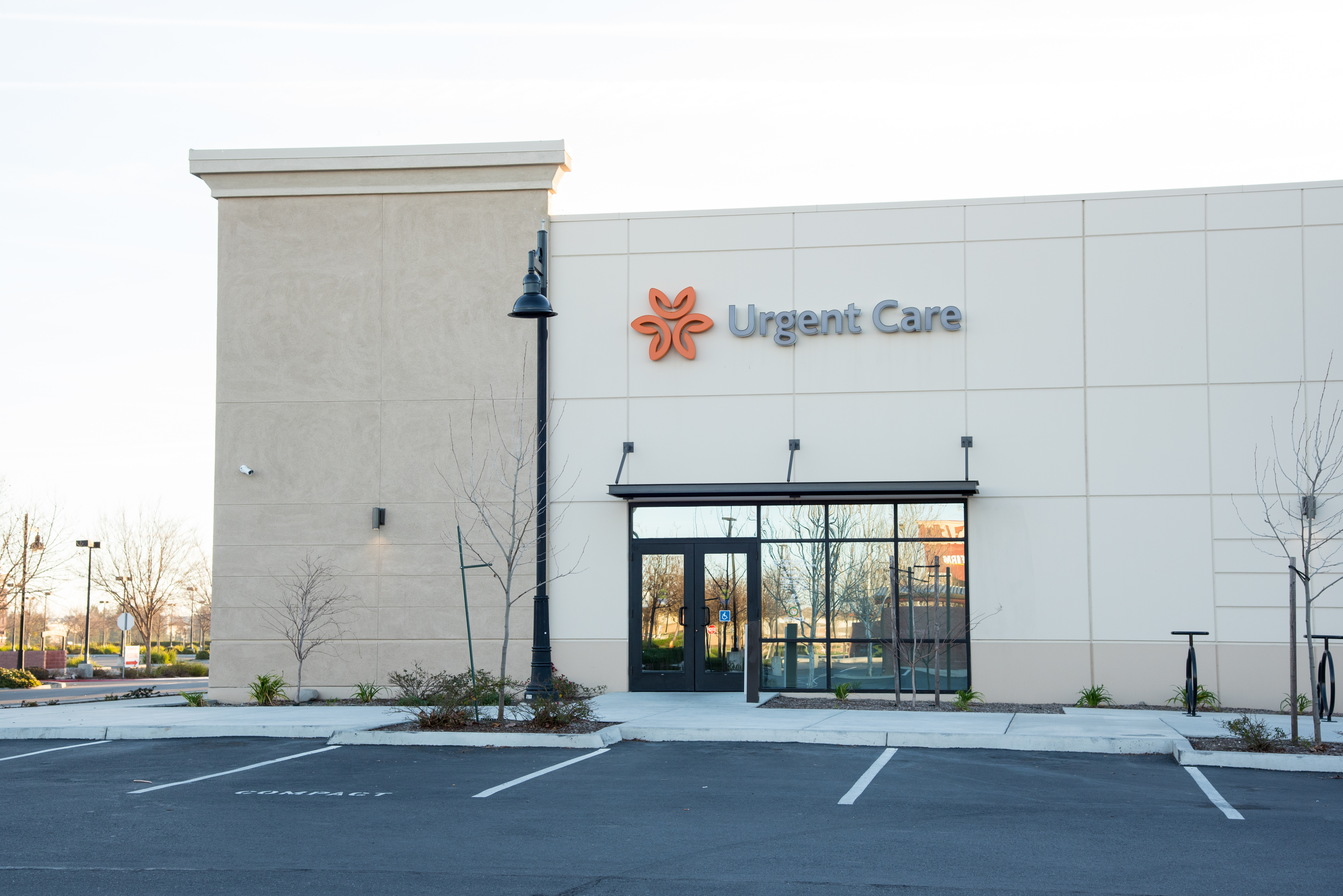Exactly How Urgent Care Clinics Enhance Access to Medical Care for Patients With Immediate but Non-Emergent Medical Needs
Urgent care facilities have actually become an important element in the healthcare landscape, addressing the demands of people that require immediate attention for non-emergent conditions. By running beyond conventional office hours and supplying a structured method to minor injuries and illnesses, these centers not just decrease the burden on emergency situation departments but additionally improve overall client accessibility to timely care. As we take into consideration the ramifications of this model, it comes to be vital to analyze how immediate care facilities are transforming patient experiences and results in ways that warrant further exploration.
Duty of Urgent Care Clinics
Immediate care centers play an essential duty in the health care system by giving immediate and easily accessible clinical solutions for non-life-threatening problems. These centers serve as an essential bridge between key care carriers and emergency divisions, effectively reducing the worry on healthcare facilities while making certain individuals obtain timely care. By running extended hours, consisting of weekends and nights, immediate treatment clinics deal with people that may not have the versatility to see a conventional physician's workplace throughout basic service hours.
The spectrum of services provided at immediate care centers consists of therapy for small injuries, illnesses, and diagnostic services such as X-rays and lab examinations. This breadth of treatment permits people to address a variety of wellness concerns without the long haul times usually connected with emergency clinic. Urgent care centers frequently utilize a diverse team of medical care specialists, consisting of doctors, registered nurse experts, and doctor aides, who are equipped to take care of different clinical situations.
Benefits of Immediate Accessibility

In addition, prompt gain access to lowers the worry on key treatment carriers and emergency departments by diverting much less essential situations to proper settings. This reduces overcrowding in emergency clinic, allowing those with real emergency situations to receive the urgent treatment they need without unnecessary hold-ups.
Additionally, the comfort of extensive hours and walk-in accessibility implies that patients can look for care without the need for consultations, which is especially useful for individuals with uncertain timetables or those that may experience abrupt health and wellness issues. - Urgent Care
The availability of urgent treatment centers fosters an aggressive method to health, motivating patients to look for clinical advice and therapy sooner instead than later on. This not only boosts client complete satisfaction yet likewise advertises a culture of preventative treatment, inevitably leading to much healthier communities.
Comparison With Emergency Areas
Often, people discover themselves unsure whether to see an urgent care facility or an emergency situation area when confronted with a clinical problem. Urgent Care. Comprehending the distinctions in between these two healthcare options is vital for making notified decisions. Immediate care clinics are designed to attend to non-emergent however immediate medical problems, such as minor injuries, infections, or diseases. They usually run with prolonged hours, consisting of nights and weekends, giving timely accessibility for individuals that may not call for the detailed solutions of a healthcare facility.
On the other hand, emergency clinic are equipped to handle life-threatening circumstances and serious medical emergencies, such as cardiovascular disease, strokes, or major trauma. These centers supply sophisticated diagnostic tools and expert examinations, which can result in longer wait times for clients with much less critical concerns. Generally, emergency clinic have a tendency to be a lot more costly than urgent treatment centers, making urgent treatment a more cost-efficient alternative for non-emergent requirements.
Inevitably, while both immediate treatment centers and emergency spaces play crucial functions in the health care system, understanding their respective features enables people to pick the proper setup based on the seriousness and nature of their clinical problems.
Providers Used by Urgent Treatment
Immediate care centers offer a large selection of services customized to attend to non-emergent medical requirements, making them a hassle-free alternative for individuals seeking prompt attention. These facilities are outfitted to take care of numerous problems, consisting of small fractures, sprains, and lacerations, which require instant treatment but do not necessitate emergency area intervention.
In addition, immediate care centers provide analysis solutions such as X-rays and laboratory tests, permitting quicker assessment and treatment of illnesses. Individuals typically present with common disorders like colds, flu, and infections, which her latest blog can be successfully handled on-site. Urgent care facilities regularly give preventative services, including inoculations and health and wellness testings, contributing to total public health.
An additional vital service supplied is the monitoring of chronic conditions exacerbated by acute signs and symptoms, such as bronchial asthma or diabetes, making sure clients get prompt treatment without overwhelming emergency situation services. Numerous clinics additionally expand their hours past typical workplace schedules, enhancing accessibility for people who might call for care during nights or weekend breaks.
Improving Client End Results

Immediate care centers are equipped to handle a series of non-emergent medical problems, consisting of minor injuries, infections, and health problems. Their concentrate on easily accessible, premium care allows individuals to get suitable therapies and preventative services, fostering much better health management. Moreover, these facilities usually employ a multidisciplinary strategy, integrating numerous medical care specialists to ensure thorough treatment.
Client education and learning is likewise a key part of enhancing results. Immediate care service providers often provide support on follow-up care, preventative measures, and way of life adjustments, encouraging patients to take an active role in their wellness. Consequently, the mix of immediate gain access to, specialist treatment, and person education not just improves complete satisfaction but additionally causes improved long-term wellness end results, enhancing the worth of immediate care clinics in the healthcare continuum.
Final Thought
In recap, urgent care facilities offer a crucial function in improving health care access for individuals with instant, non-emergent medical needs. By offering timely solutions outside typical workplace hours and decreasing wait times, these facilities effectively alleviate stress on emergency situation rooms. The array of services used adds to improved individual results, promoting positive wellness monitoring. Ultimately, urgent care centers are go to this site vital in linking the space between medical care and emergency situation solutions, guaranteeing efficient and obtainable health care for neighborhoods.
On standard, emergency spaces often tend to be much more costly than immediate treatment centers, making immediate treatment a more economical alternative for non-emergent needs. (Urgent Care)

Inevitably, immediate treatment facilities are vital in linking the void in between primary care and emergency services, guaranteeing obtainable and reliable healthcare for communities.